This article introduces the causes and treatment of wasting disease in medaka, a condition where medaka become emaciated and die. It also explains the difference between mere thinness and wasting disease and how to fatten medaka.
There are various theories about the causes and treatment of wasting disease, and there is no 100% reliable cure. If you practice the content of this article, please do so at your own risk.
About Wasting Disease in Medaka
This section explains wasting disease in medaka. Wasting disease in medaka is a condition where medaka become extremely thin, lose energy, and eventually die. They become as thin as paper, which is completely different from ordinary thinness.
The cause of wasting disease is not well understood, but it is often observed in tank-raised medaka, suggesting it may be related to indoor breeding.
Symptoms of Wasting Disease in Medaka
Here are the detailed symptoms of wasting disease in medaka.
Emaciation
The most noticeable symptom of wasting disease is emaciation. Medaka with wasting disease become extremely thin. While medaka can become thin if not fed, medaka with wasting disease become so thin they look like they are wasting away from illness, with only skin and bones left. This pathological thinness can be distinguished from ordinary thinness over time.
Closed Fins
In addition, unlike normal thinness, medaka with wasting disease swim with their fins closed. Closed fins are a sign of poor health, indicating the need for urgent treatment. White spots on fins or the body may also appear, indicating possible bacterial infections alongside wasting disease.
Pale Body Color
Wasting disease not only causes thinness but also pales the body color. Red medaka, in particular, become noticeably pale, making it easy to identify. If the color becomes unhealthy and whitish and the medaka start wasting away, you need to be cautious.
Isolation from the Group
Medaka with wasting disease tend to separate from the group. They often act alone and may be bullied or chased by other medaka. If a previously healthy medaka becomes noticeably weak, it may have wasting disease.
Sluggish Movement
As the disease progresses, medaka with wasting disease become sluggish. Eventually, they may float to the surface, and in the terminal stage, they can be touched by hand. At this advanced stage, treatment is often ineffective.
Prevention of Wasting Disease
Preventing wasting disease involves feeding a diet rich in nutrients. Medaka are fish that need to constantly eat to stay healthy. In the absence of food, they feed on plankton and other microorganisms in the water. Therefore, if the food is low in nutrients or absent for long periods, medaka quickly become emaciated and die.
The Relationship Between Malnutrition and Wasting
Although the causes of wasting disease in medaka are debated, it is certain that malnutrition is related. Malnutrition may lead to infections by parasites or bacteria, causing health deterioration and death. This sequence of events is referred to as “wasting disease.”
In fact, in environments where excess food is provided, wasting disease did not occur at all.
My father, who has no prior experience in keeping animals, tends to overfeed the medaka, leading to water degradation and often killing them. Despite frequent warnings, he continues to overfeed, resulting in no cases of wasting disease in his environment.
It is not recommended to mimic this overfeeding, as it can cause other issues like Aeromonas infections, but not providing enough food significantly increases the risk of wasting disease.
It is best to feed nutrient-rich food several times a day. This alone can greatly prevent wasting disease.
Causes of Wasting Disease in Medaka
The causes of wasting disease in medaka are not well understood, but several theories exist. Here are some possible causes.
Anorexia Due to Stress
Observing medaka with wasting disease, many are bullied or swimming alone. It seems that bullied medaka become emaciated, weakened, and eventually die.
Furthermore, isolating medaka with wasting disease and providing live food or green water often leads to recovery, suggesting that the disease might be stress-induced anorexia rather than malnutrition or bacterial infection.
Bacteria
One of the most suspected causes is bacteria. Infections by bacteria like Columnaris or Aeromonas reduce appetite, preventing nutrient absorption and causing death. In many cases, medaka that were emaciated and floating recovered after saltwater baths.
This suggests that wasting disease is likely a real disease caused by bacterial infection, not just water quality issues or digestive problems.
Parasites
Parasites like Trichodina or Costia might also cause wasting disease by invading the internal organs and absorbing nutrients, causing emaciation despite feeding.
The problem is that once parasites enter the internal organs, treatments like Re-Fish are ineffective, leaving no cure.
Water Quality Deterioration and Nutritional Deficiency
Wasting disease might also be due to poor water quality and nutritional deficiency. Live foods like Tubifex worms, green water, and PSB are said to prevent wasting disease. Some believe that a lack of nutrients like DHA causes fish to become thin. Switching to high-nutrition foods like Otohime has reportedly eliminated wasting disease in some cases.
Indeed, medaka in tanks with reduced or low-nutrient food often become thin, while those fed abundant high-nutrition food like Otohime do not suffer from wasting disease.
Medaka constantly feed on microorganisms and algae in the water, so providing a nutrient-rich environment with green water or live food is essential.
Using high-nutrition foods like “Hi-Grow,” “Kin Pake,” or “Otohime” and adding vitamins reportedly reduces wasting disease.
https://www.aru-na.net/post-2663
Treatment of Wasting Disease in Medaka
Here are some treatments for wasting disease in medaka. The cause and treatment are not clear, so various methods should be tried.
There are various treatments on the internet, but their effectiveness varies by environment. Some methods that worked in one case may not work for you. Trying different treatments is the only way to find what works.
Most medaka with wasting disease die, but some survive, although they rarely return to their original shape. However, even in their emaciated state, they can live for several months, so they do not die immediately.
ParaClear
An interesting theory online suggests using ParaClear, a food with anti-parasitic effects, to prevent wasting disease. If parasites or protozoa cause the disease, ParaClear may treat it.
It is worth trying, as ParaClear might eliminate parasites even in internal organs. While I have not personally treated wasting disease with ParaClear, none of the medaka in tanks treated with ParaClear died from wasting disease, suggesting it might be effective.
However, as this method is unconfirmed, I do not recommend it.
https://www.amazon.co.jp/s?k=%E3%83%91%E3%83%A9%E3%82%AF%E3%83%AA%E3%82%A2&i=pets&__mk_ja_JP=%E3%82%AB%E3%82%BF%E3%82%AB%E3%83%8A&ref=nb_sb_noss
Saltwater Bath
Saltwater baths are the most popular treatment for wasting disease.
In my experience, soaking medaka in 0.6% saltwater for about two days often revives them.
The key is to gradually increase the salt concentration, starting with 0.3% and adding more salt gradually. Many medaka regained their energy after soaking in saltwater for 1-2 days.
Medicinal Bath (Agden, Green F Gold Liquid, Kanpara D, Elbaju)
Medicinal baths using Agden, Green F Gold Liquid, Kanpara D, or Elbaju are another treatment for wasting disease. If parasites or bacteria cause the disease, these baths can be effective if saltwater baths are not.
Agden plus Elbaju theoretically treats most diseases,but some medaka with wasting disease are resistant to both medicinal and saltwater baths, making
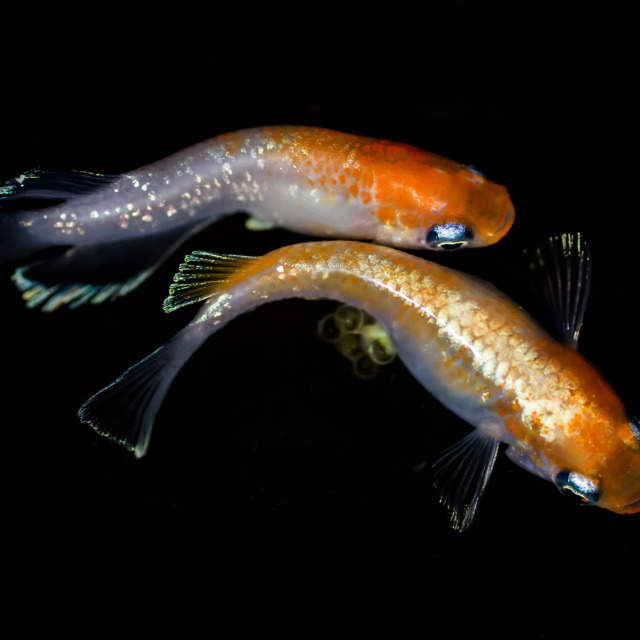

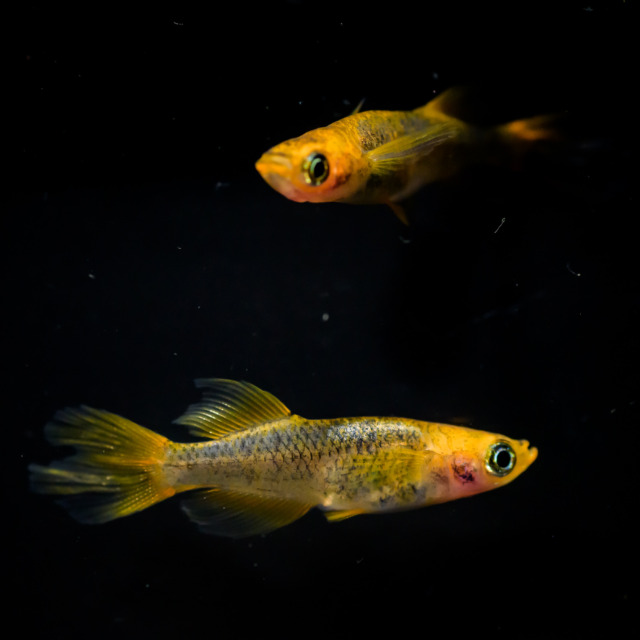

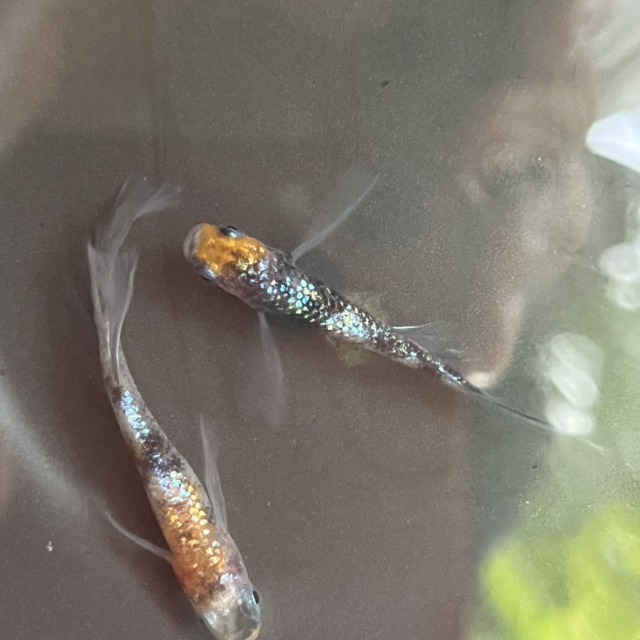
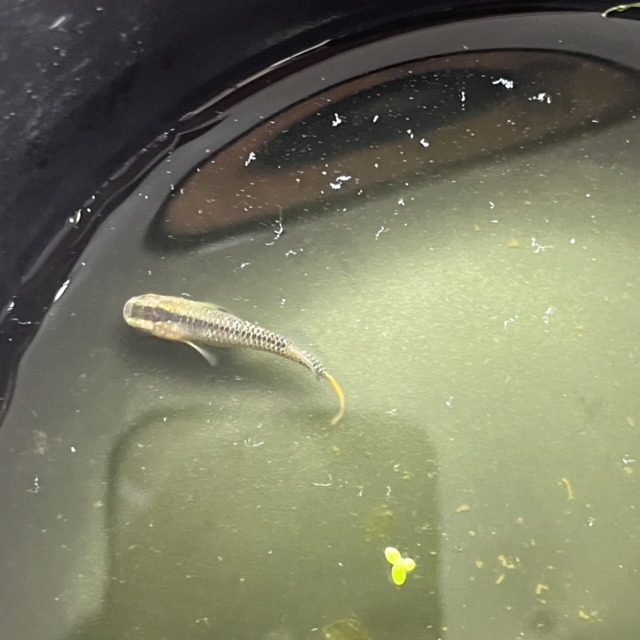
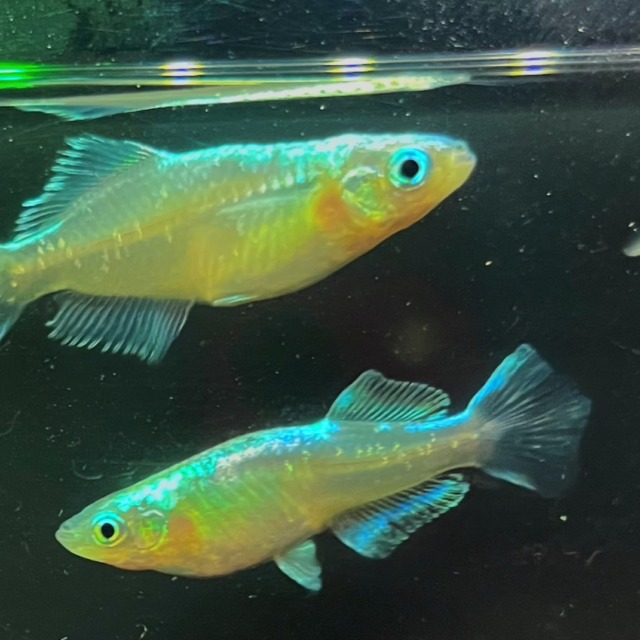
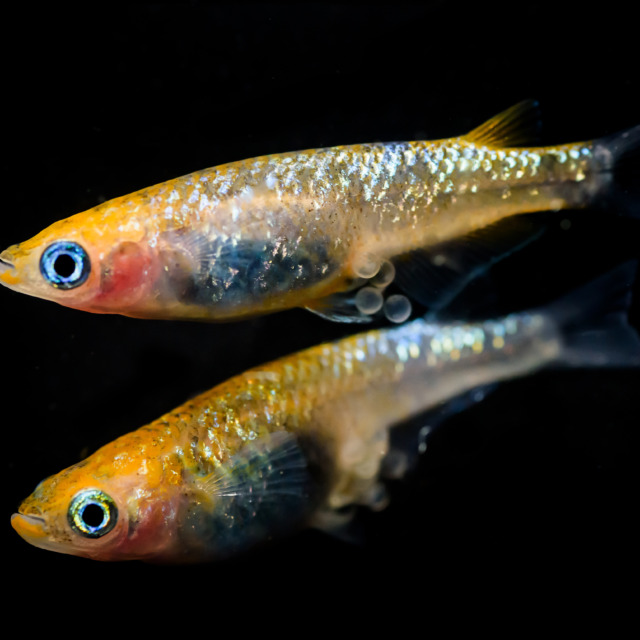



No comments yet.